SaaS Trends Reshaping Business in 2025: Part 2
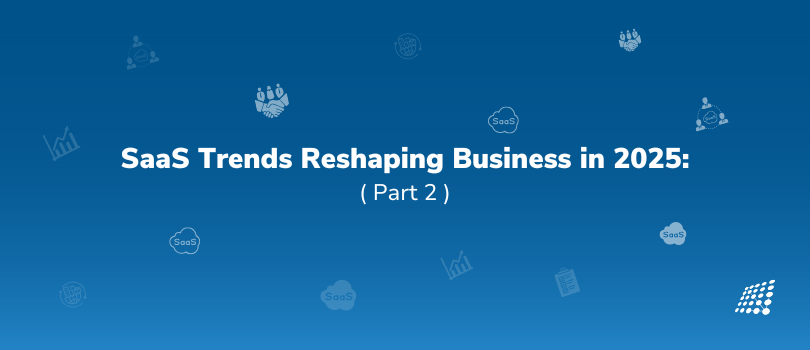
We're back with Part 2 of SaaS trends reshaping business in 2025. In Part 1, we spoke about how AI is more crucial than ever, vertical SaaS is taking over, and the way personalization has become the standard customer expectation. In Part 2, we'll understand the need for cybersecurity, usage-based pricing models, low-code/no-code SaaS trends, and Environmental, Social, and Governance (ESG) initiatives. Let's dive in!
Rapid Growth of Micro-SaaS
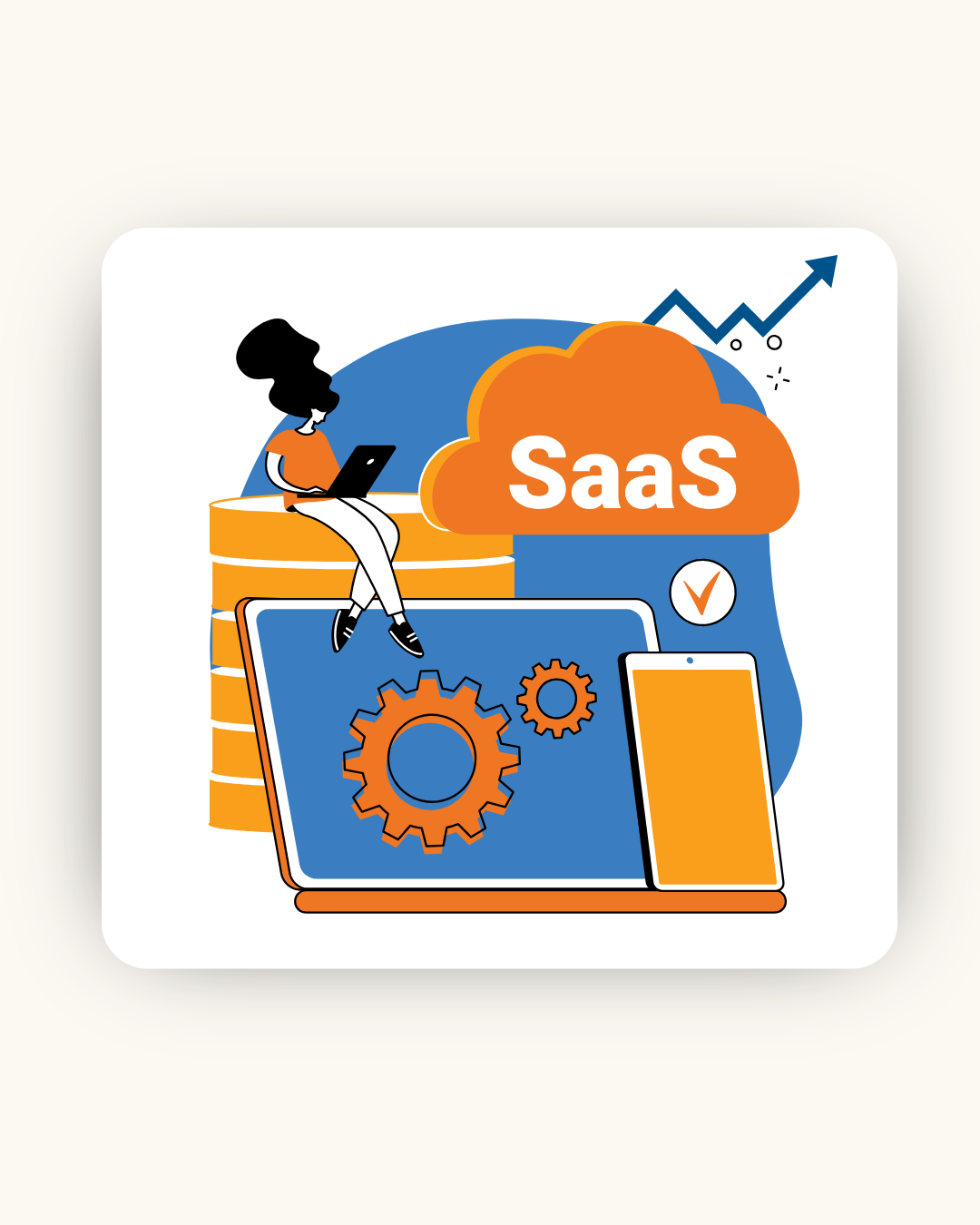
Have you heard of Micro-SaaS? It’s just what it sounds like—a scaled-down version of regular SaaS. It:
- Features a low barrier to entry
- Targets niche markets
- Offers agility and flexibility
- Provides specialization and expertise
Lately, smaller-scale solutions, often crafted by niche developers, are gaining traction. Micro-SaaS platforms focus on solving singular, well-defined problems. These lightweight, agile applications appeal to businesses seeking cost-effective, hyper-specific tools that complement larger systems. Micro-SaaS is high-level software specifically designed for small businesses. Think of it as a mom-and-pop store on the corner, allowing you to hone in on a small niche instead of going after a vast market.
Examples of Micro-SaaS platforms include an on-demand, virtual 1:1 mock interview service that helps job seekers prepare for interviews, rather than a broad career development tool. Another example is a platform tailored for freelance writers to manage their projects and client relationships, rather than more generic project management software.
Benefits of Micro-SaaS for Small Businesses
Affordable: Micro-SaaS platforms usually start around $5-50 a month, bringing powerful features within reach for small businesses on a budget.
Quick Setup: Forget lengthy installations; these tools can be up and running in hours or days, allowing businesses to boost productivity right away.
Tailored Features: Instead of paying for extra, small businesses get exactly what they need without the clutter.
Flexible Growth: Start small and ramp up usage as needed, steering clear of large initial investments in oversized software.
Niche Expertise: Built by developers who understand specific challenges, these platforms offer intuitive and effective solutions.
Real-World Success Examples
TweetHunter ($30K+ MRR): Aiding solo entrepreneurs and small marketing teams in automating Twitter growth and scheduling content.
Testimonial.to ($20K+ MRR): Simplifying customer testimonial collection for small businesses with an easy-to-use widget instead of complex CRM systems.
Carrd ($40K+ MRR): Allowing non-techies to create professional one-page websites in minutes, ideal for freelancers and small services.
These examples show how niche-focused solutions can bring immense value to small businesses while creating sustainable, profitable ventures.
Enhancement of Cybersecurity
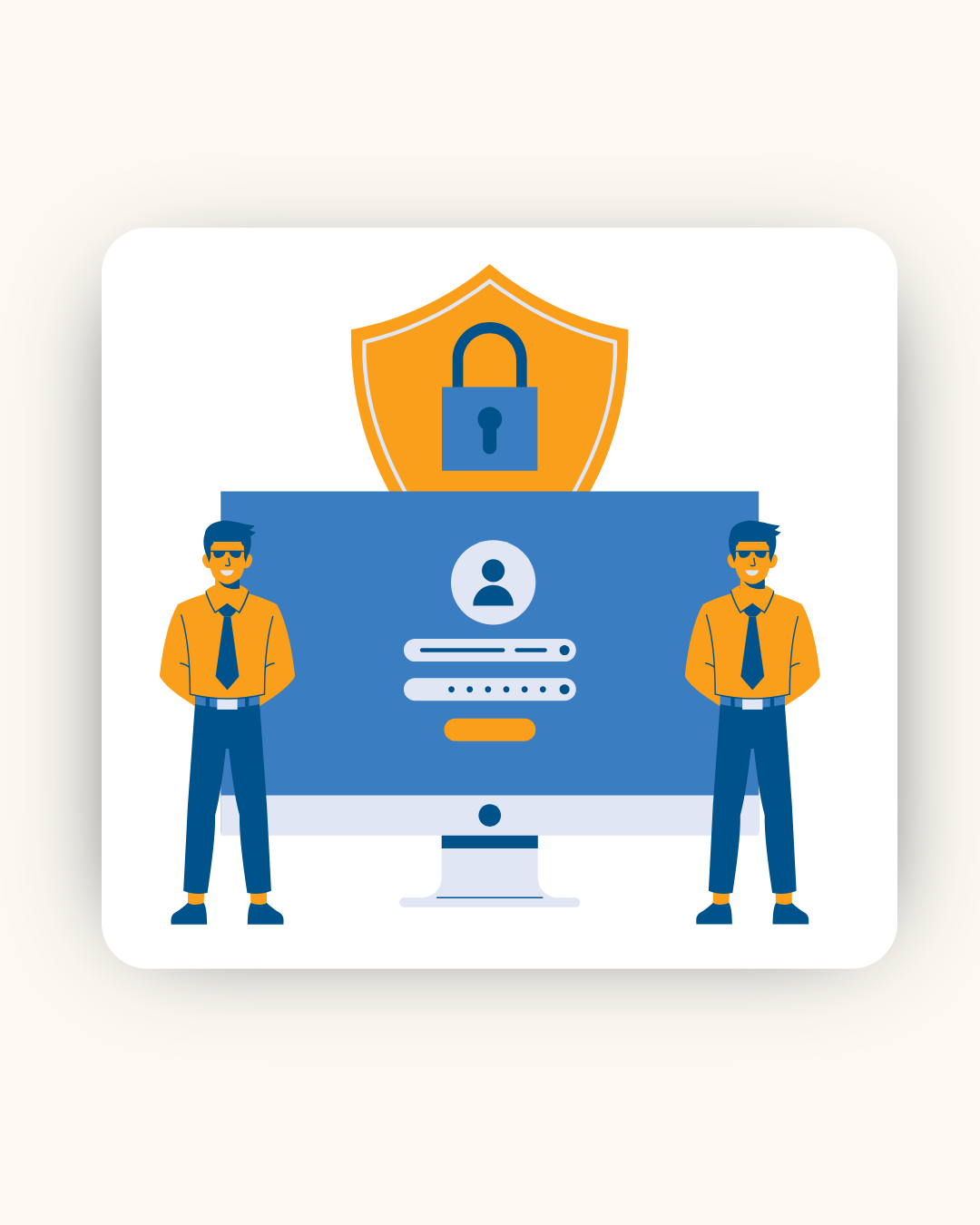
Recent findings from Obsidian Security show that SaaS breaches jumped by 300% between September 2023 and 2024. This increase is primarily due to more advanced cyberattacks aimed at SaaS platforms for financial profit, spying, and causing disruptions.
Also, case in point, the Microsoft Azure cloud misconfiguration that led to the exposure of data from 65,000 companies and 548,000 users.
- As security threats grow more intricate, SaaS tools are turning to AI for improved threat detection, streamlined compliance processes, and fraud prevention.
- Zero-trust security models are now the norm, meaning no user or device is automatically trusted, which helps minimize potential security breaches.
- Those who fail to implement solid security measures from the get-go risk losing customer trust along with facing hefty financial and reputational fallout.
If you're running a SaaS business, you should create a cybersecurity checklist and put preventative measures in place to keep your software secure.
- Use Strong Passwords: Go for unique and complicated passwords, and switch them up often.
- Stay Current with Updates: Keep your software and systems fresh to fix any vulnerabilities.
- Secure Your Network: Set up firewalls and protect your Wi-Fi connections.
- Encrypt Data: Make sure sensitive information is encrypted both when it’s being sent and when it’s stored.
- Train Your Team: Teach your staff about phishing attacks and good security habits.
- Have a Response Plan: Be ready with a plan for quick action if something goes wrong.
- Invest in cloud hosting solutions: Conduct regular cloud risk assessments by investing in secure cloud hosting solutions.
- Pick a reputed SaaS hosting provider: Choose a reliable SaaS hosting provider and implement a Cloud-Native Application Protection Platform (CNAPP).
Cybersecurity incidents can really shake up businesses. They can lead to major revenue drops because of downtime and pricey recovery efforts. Plus, these breaches can tarnish your reputation, scaring off customers and straining partnerships, which can have long-lasting repercussions. In short, a security breach can hit your finances and undermine trust in your brand, so having strong cybersecurity is absolutely essential.
Usage-Based Pricing Models
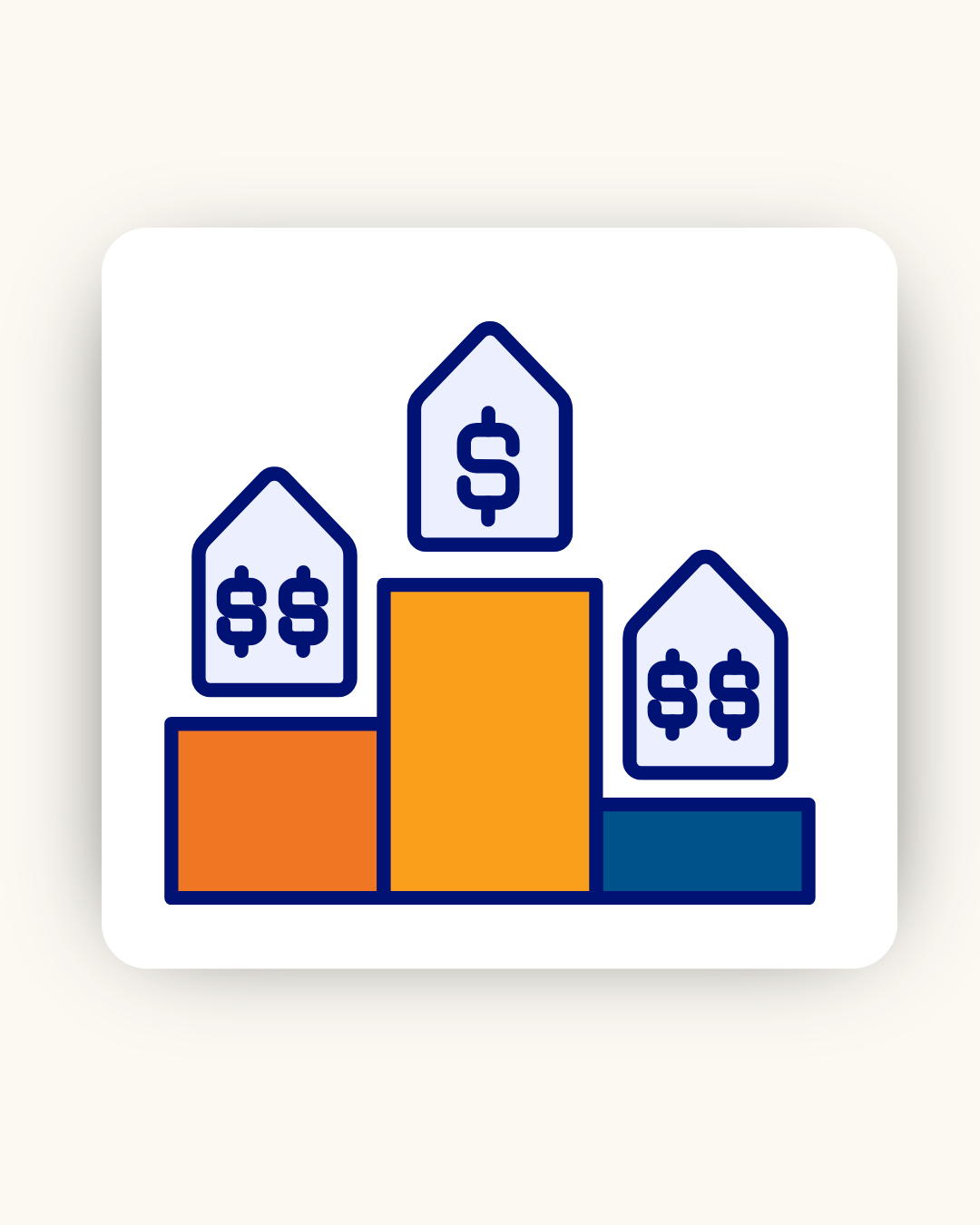
The shift to usage-based pricing models is transforming the SaaS landscape, providing a more personalized customer value experience. About 60% of SaaS companies are adopting some form of this pricing strategy. It enables customers to start using a product at a lower upfront cost, encouraging greater usage. This approach also boosts annual recurring revenue for SaaS businesses. Investors often prefer companies with usage-based models, as they signal higher customer value and retention.
This performance-driven model ties costs directly to the amount of service utilized. Whether billed by API calls, data volume, or user activity, usage-based pricing resonates with companies seeking tailored solutions that align with actual demand. This trend is expected to become more common in 2025.
Usage-based pricing can improve customer retention by connecting costs directly to usage and value. It encourages innovative applications within organizations, leading to more extensive product adoption.
The 2024 SaaS Benchmarks Report highlights this trend, showing that while 68% of companies still feature a subscription component for their AI offerings, many are experimenting with alternative strategies. One quarter (25%) of respondents employ usage-based pricing for AI features, and nearly as many (22%) use a hybrid strategy—combining both subscription and usage-based models.
These models also show a 15-20% improvement in keeping customers around. The reason? Pricing matches customer success: if they use less, they pay less, which helps keep churn low during slow spells.
However, pay attention to these aspects:
- Cohort Insights: Keep an eye on usage patterns by customer type to better foresee growth.
- Leading Indicators: Focus on initial usage metrics (like API calls) as hints for potential revenue.
- Seasonal Trends: Plan for business cycles that could affect how customers utilize your offers.
Low-Code/No-Code SaaS Trends
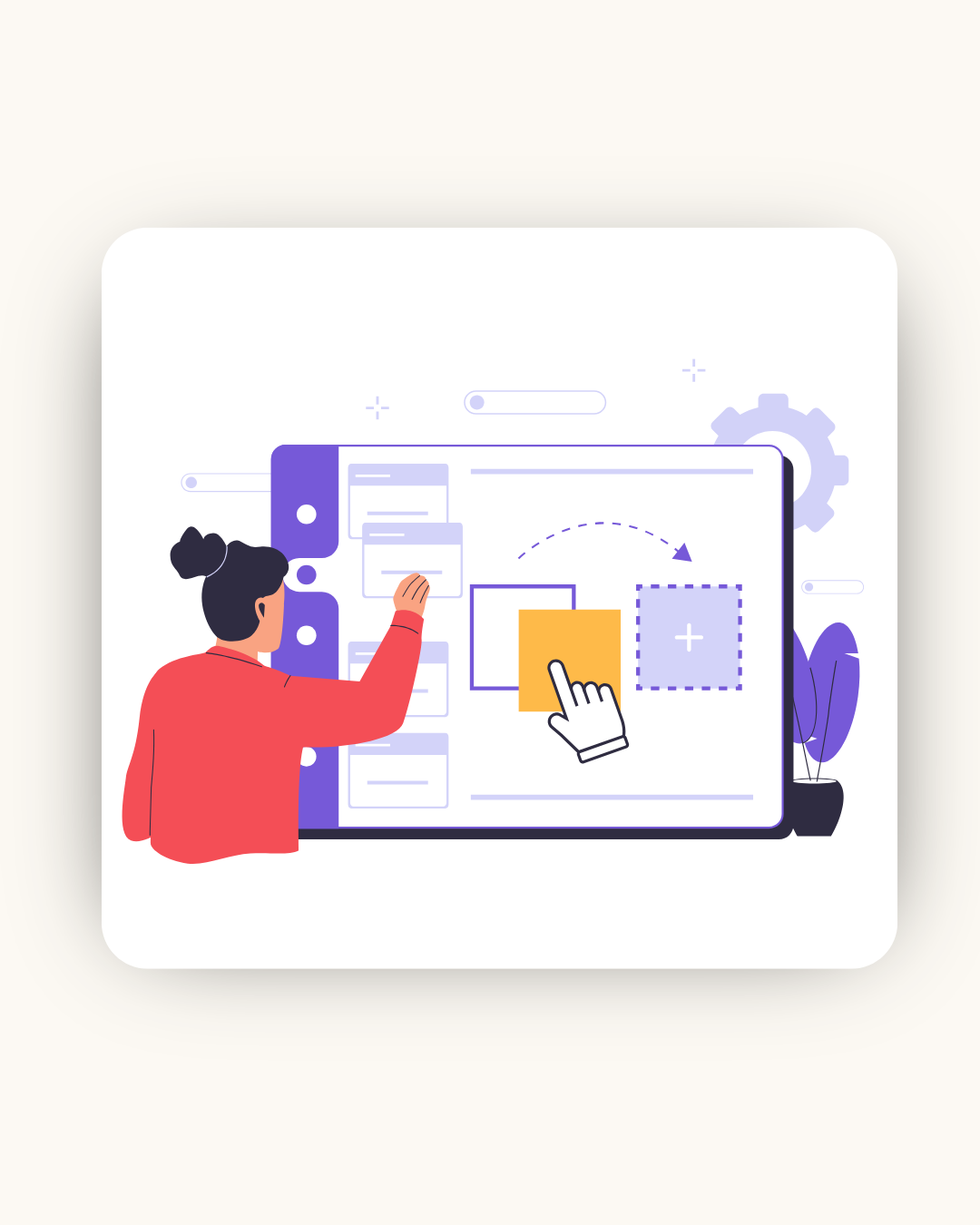
Low-code and no-code platforms are shaking up software development by allowing non-technical users—often called “citizen developers”—to build applications without needing extensive coding skills. These platforms utilize visual interfaces and drag-and-drop features, enabling users to create and launch applications quickly and easily.
This democratization of app development is crucial in a time when the demand for digital solutions often outstrips the supply of skilled developers. By letting individuals from different departments—like marketing, sales, and operations—get involved in development, organizations can spark innovation and agility. This means businesses can adapt more rapidly to market changes and online demands, reducing their reliance on IT departments for every single development task.
This shift not only boosts productivity but also promotes teamwork, resulting in more effective solutions that align neatly with the organization's goals.
Implementation Roadmap: Integration Steps
Phase 1: Assessment and Planning (Weeks 1-2)
- Review Existing Systems: Take stock of workflows and find integration opportunities.
- Set Governance Standards: Outline security and data access rules.
- Choose Initial Use Cases: Start small with less critical processes to keep risk down.
Phase 2: Platform Selection (Weeks 3-4)
- Check Integration APIs: Make sure they play nice with your existing databases.
- Verify Security Standards: Confirm the platform meets relevant regulations.
- Look for Scalability: Opt for options that will grow as your company does.
Phase 3: Deployment (Weeks 5-8)
- Connect Data Channels: Create secure APIs and data flows.
- Set Up a Sandbox: Let citizen developers play around without worry.
- Monitor Performance: Keep track of how everything is functioning.
Phase 4: Scaling (Ongoing)
- Implement automated testing and maintain version control.
- Schedule regular security reviews.
- Organize training for internal staff.
Environmental, Social, and Governance (ESG) initiatives
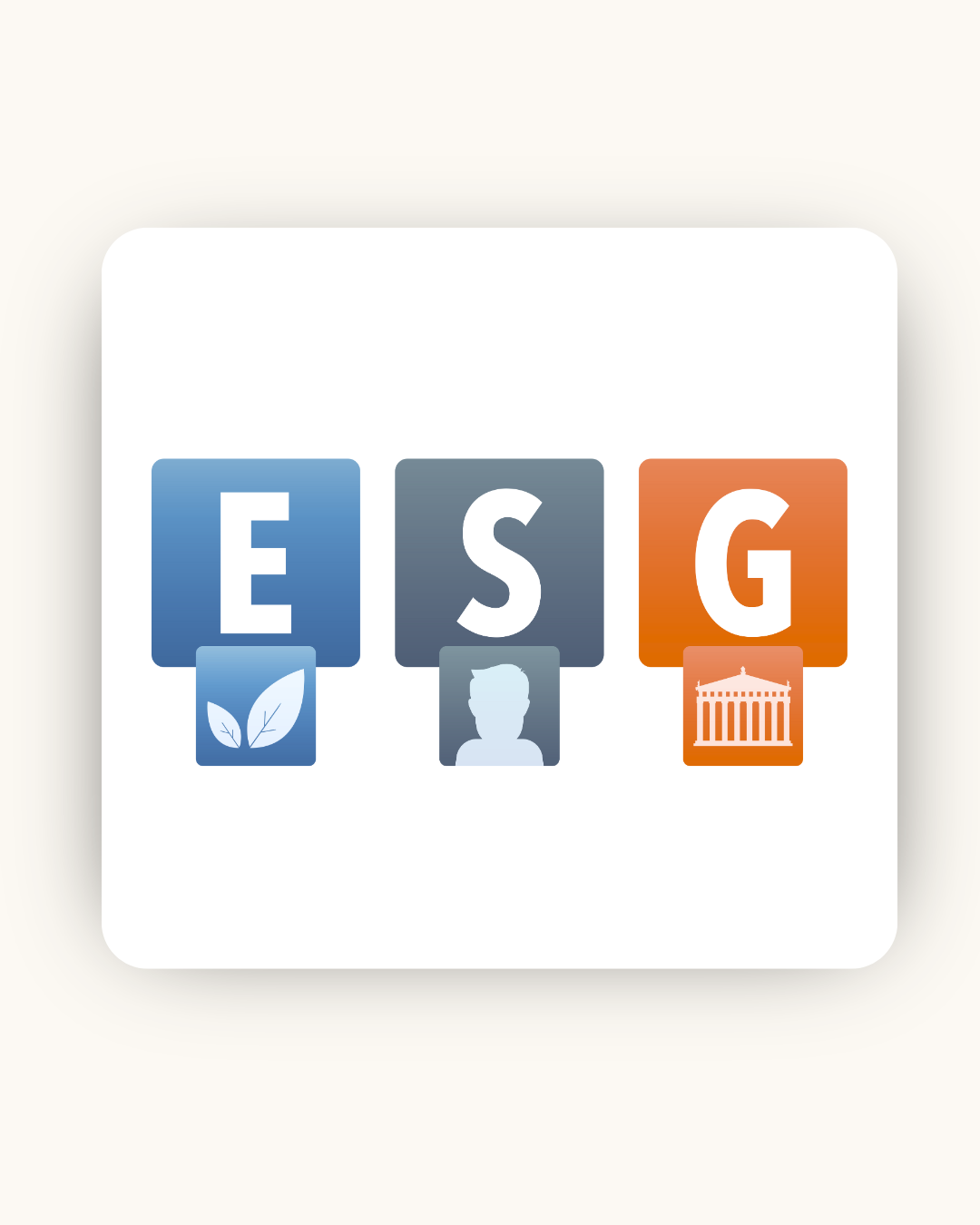
Data centers currently generate 2% of all greenhouse gas emissions, presenting both a challenge and an opportunity for SaaS companies. As they collaborate with cloud providers, they're continuously looking for ways to boost efficiency and cut down on waste, keeping SaaS a sustainable choice.
SaaS businesses are actively teaching their employees about the importance of sustainability and encouraging participation in green initiatives. Common practices like recycling and remote work help foster a greener culture. Additionally, companies are inspiring employees to educate customers and weave these sustainability principles into every new design.
Environmental, Social, and Governance (ESG) initiatives are gaining traction in the SaaS industry as companies prioritize sustainability and ethical practices. SaaS firms are increasingly adopting green technologies and advocating for sustainable practices to minimize their environmental impact. Sustainable operations include using energy-efficient technologies and promoting recycling efforts. Engagement in community programs and charitable initiatives reflects social responsibility commitments, while a focus on diversity, equity, and inclusion positively impacts local communities.
Regular reporting on ESG metrics is crucial for ethical governance within SaaS companies. Strong governance practices—like transparency and ethical behavior—build stakeholder trust, and compliance with ESG standards helps align companies with regulations and avoid potential legal issues.
Companies committed to ESG practices can enhance their reputations, attracting customers and investors who value ethics. As the significance of ESG initiatives grows, SaaS companies must prioritize sustainable and ethical practices to remain competitive in the market.
Success Stories: Effective ESG Implementation
Salesforce: Hit net-zero carbon emissions and aims for net-zero across its supply chain by 2050. Their Sustainability Cloud helps clients track environmental impacts, creating shared value.
Microsoft: Committed to being carbon negative by 2030 while launching a $1 billion Climate Innovation Fund. Their Azure platform offers carbon tracking tools that can help clients cut their digital footprint by up to 93%.
HubSpot: Embraced remote work policies, slashing office energy use by 60%. They’ve also achieved gender pay equity and donate 1% of equity, products, and employee time through their HubSpot for Good initiative.
Zoom: Achieved carbon neutrality in 2022 and assists clients in lowering travel emissions. Their platform prevented an estimated 21.8 million tons of CO2 emissions in 2021 by reducing the need for business travel.
Wrapping It Up
The SaaS scene is going through a seriously impressive shift, shaped by these SaaS trends. Take a good look at your current SaaS lineup, spot where you can blend solutions, and craft a solid data strategy. The organizations that see these trends as chances rather than hurdles will pave the way for groundbreaking innovation and growth in this software-led economy. Get in touch with our experts if you have any doubts or want to know more!
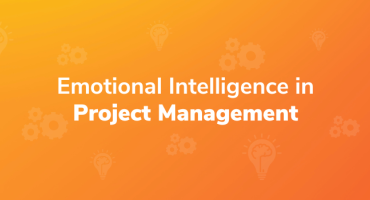
Emotional Intelligence in Project Management
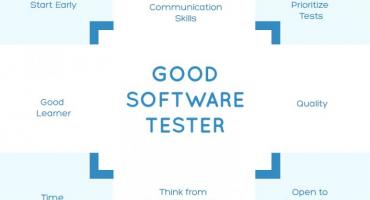
Qualities to Become a Good Software Tester


